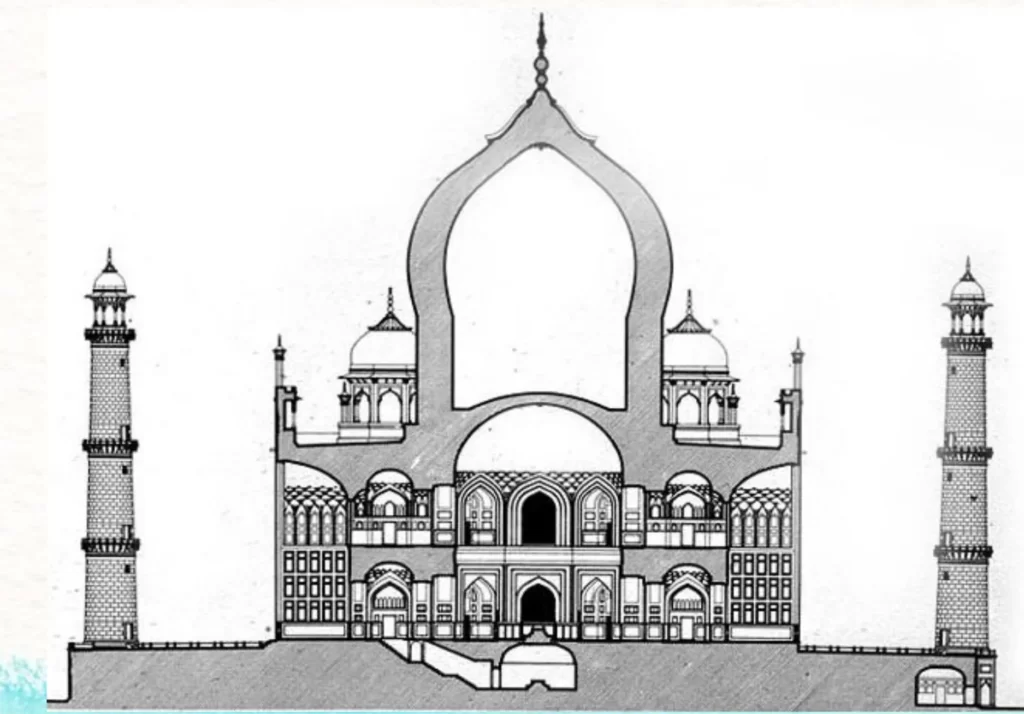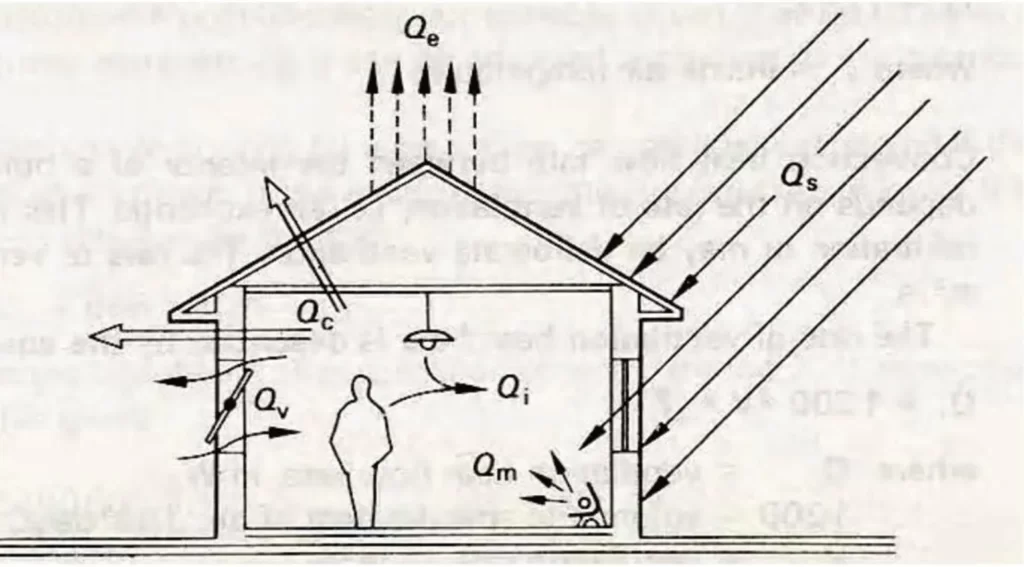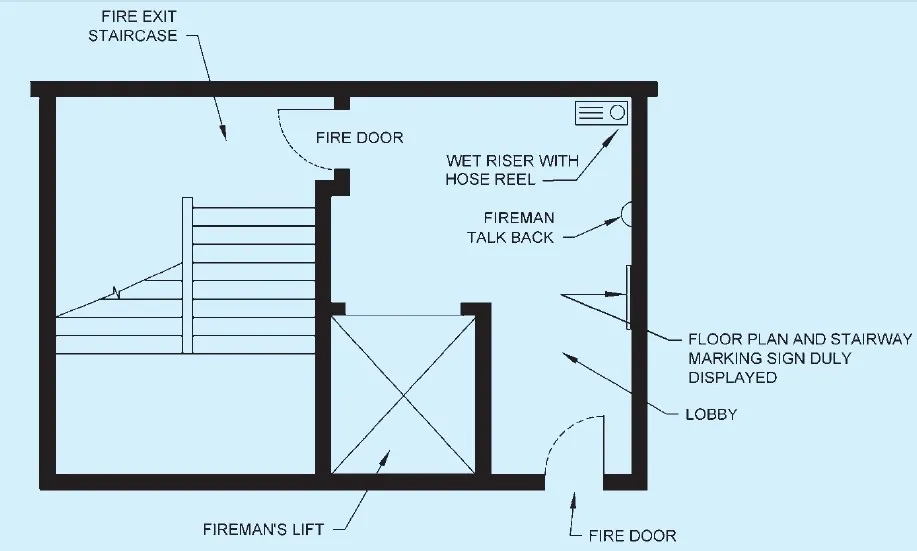WELCOME TO
ALL ABOUT BASIC ARCHITECTURE
Architectural information for beginner architects and students

ORIGIN OF ARCHITECTURE
The origin of architecture can be traced back to ancient civilizations such as the Egyptians, Greeks, and Romans, who developed...
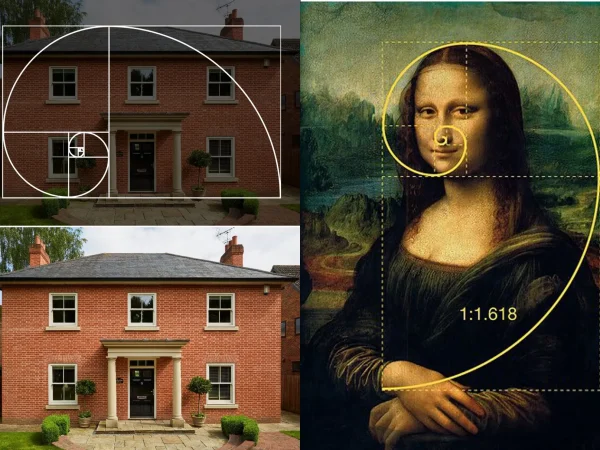
VISUAL THINGS IN ARCHITECTURE
Visual elements (things) in architecture play a crucial role in creating a harmonious and aesthetically pleasing built environment...

ELEMENTS OF DESIGN
In architecture, the elements of design are used to create functional, visual composition and aesthetically pleasing structures…
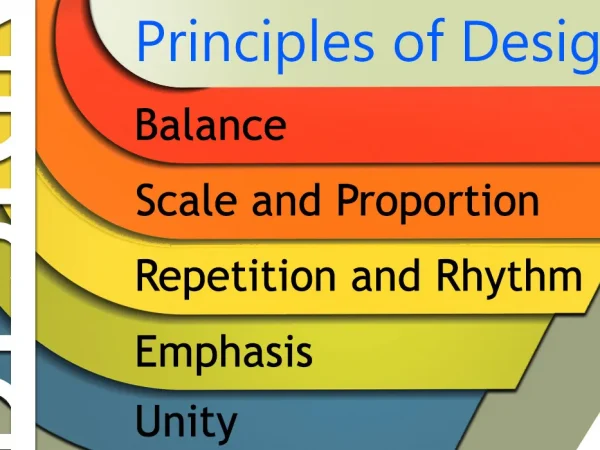
PRINCIPLES OF DESIGN
The Principles of Design are concepts used to organize or arrange the component elements of design. The way in which these...

OBJECTIVE OF DESIGN
The objective of design is to solve problems and meet the needs and requirements of users through the creation of visually appealing...

WHAT IS LINE
In architectural design, line is a fundamental element used to define the form and structure of a building. It helps to create visual...

GEOMETRY IN ARCHITECTURE
Geometry is a fundamental aspect of architecture and is used to create aesthetically pleasing designs, plan functional spaces...
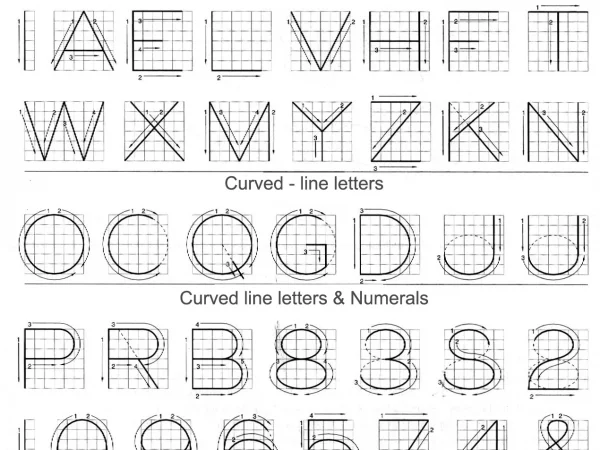
LETTERING IN ARCHITECTURE
In architectural drawings, lettering is used to label, annotate, and provide information about the building or structure being designed...

BASIC DESIGN VS ARCHITECTURAL DESIGN
Design can be driven by a variety of goals, such as aesthetics, functionality, sustainability, cost-effectiveness, or a combination...
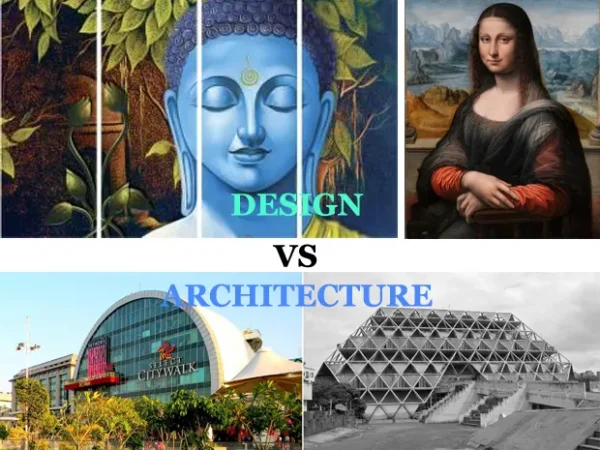
DIFFERENCE BETWEEN DESIGN AND ARCHITECTURE
Design focuses on the aesthetic and functional aspects of a single object, while architecture takes a holistic view, considering...
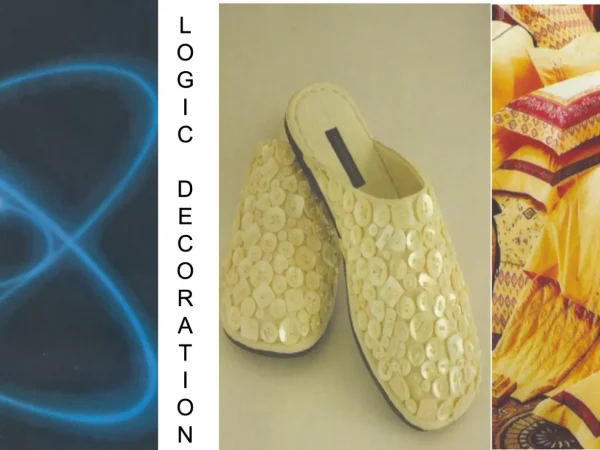
LOGIC AND DECORATION IN DESIGN
Logic and decoration are two key elements in design that work together to create a harmonious and aesthetically pleasing result…
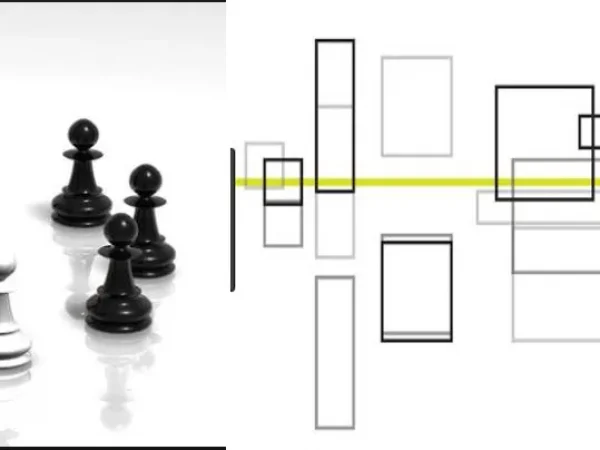
DOMINANCE AND DATUM IN ARCHITECTURE
Dominance refers to the visual weight and emphasis of elements in an architectural design, such as buildings, spaces, or objects...
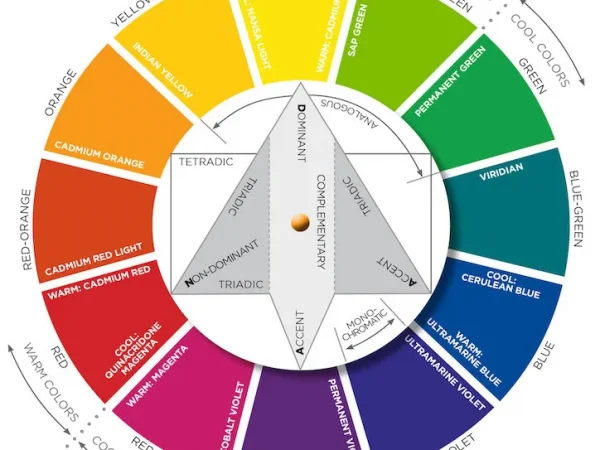
THEORY OF COLOR
There are three basic categories of color theory that are logical and useful : 1) Color wheel 2) Color harmony 3) The context of how…

TANGIBLE AND INTANGIBLE IN ARCHITECTURE
Tangible elements in architecture refer to physical, visible components such as the building structure, walls, flooring...
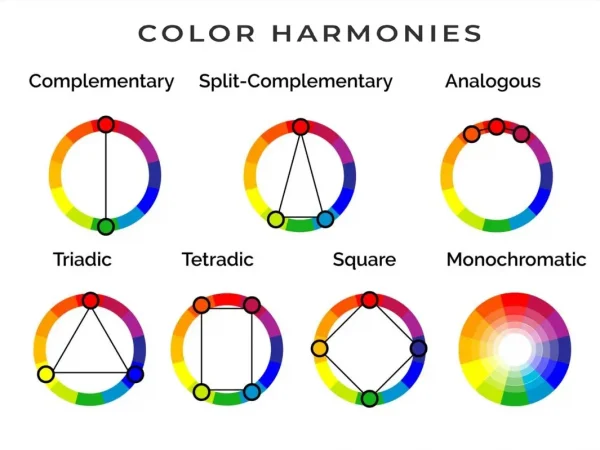
COLOUR HARMONIES
Color harmonies are combinations of colors that are pleasing to the eye and work well together. They are used in various fields...

SCALE IN ARCHITECTURAL
Scale in architecture refers to the proportion between the size of a building or object and its surrounding environment...

FORM IN ARCHITECTURE
Form in architecture refers to the shape, structure, and arrangement of a building or object. It is an essential aspect...

PROPORTION IN ARCHITECTURE
Proportion refers to the relationship in size and scale between various elements in architecture. It is used to create balance and harmony...
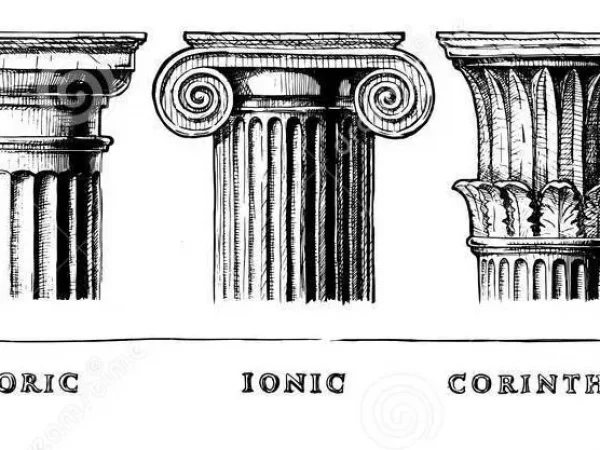
CLASSICAL ORDERS OF ARCHITECTURE
The classical orders of architecture refer to the styles of columns and entablatures used in ancient Greek and Roman architecture...

THEORY OF PROPORTION
The theory of proportion is a fundamental principle in design, architecture, and art that focuses on the balanced and harmonious...
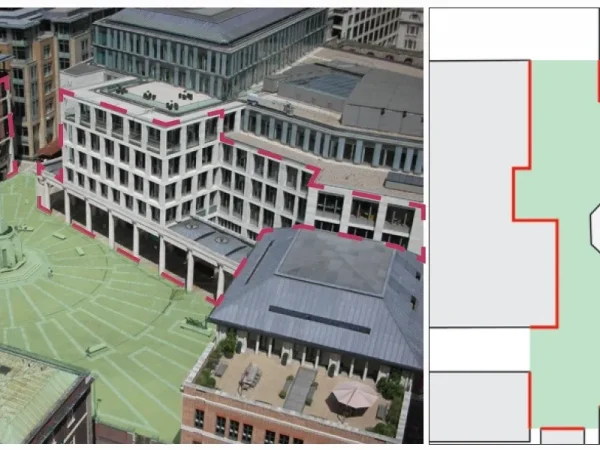
RELATIONSHIP OF FORM AND SPACE
Form and space are closely related concepts in architecture and design. Form refers to the three-dimensional shape of an object...
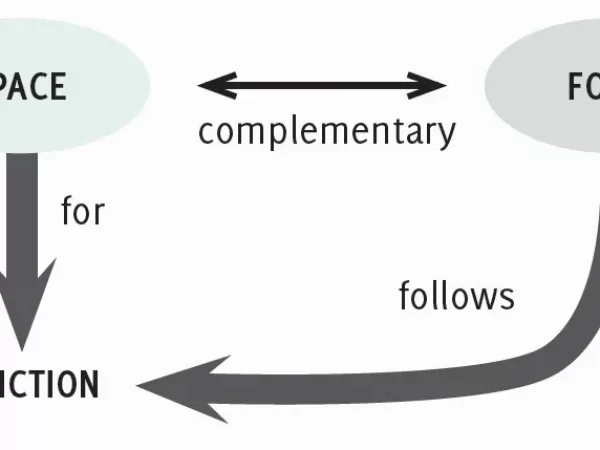
FORM AND SPACE IN ARCHITECTURE
The relationship between form and space is central to the principles of design and art. Form refers to the physical structure...
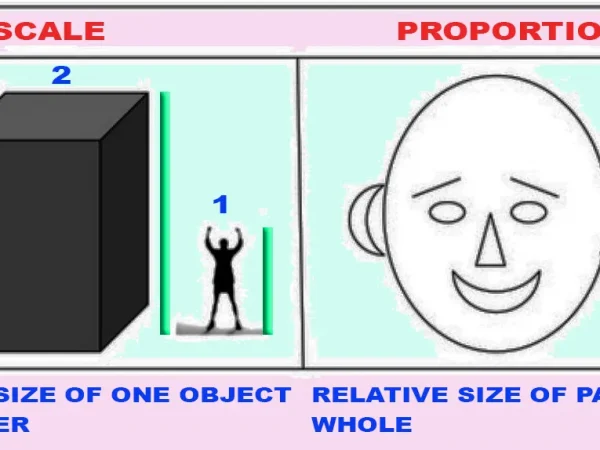
SCALE AND PROPORTION IN ARCHITECTURE
Scale and proportion play very important roles for architecture. Proportion refers to the proper and harmonious relation of one part...

DESIGN OF SHADING DEVICES
Shading devices are important elements in the design of buildings, as they can significantly reduce solar heat gain...
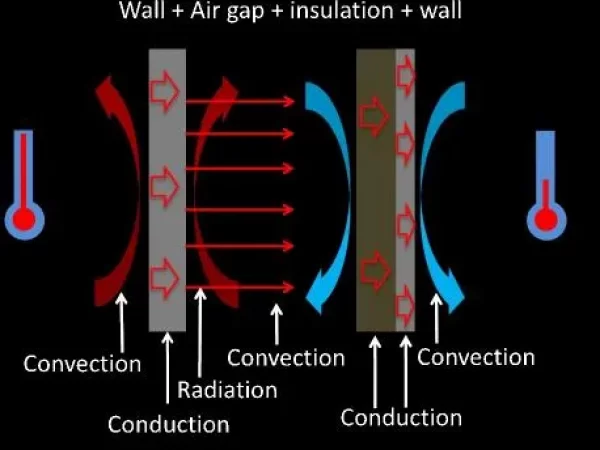
HEAT TRANSFER IN BUILDING
Heat transfer in buildings refers to the movement of thermal energy from one area to another, within or through a building...
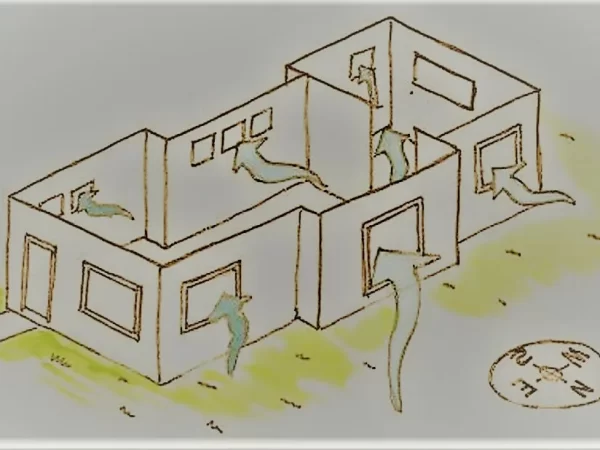
NATURAL VENTILATION AND AIR MOVEMENT CONCEPT
Natural ventilation refers to the process of using natural airflow to provide fresh air into a building and remove stale air...
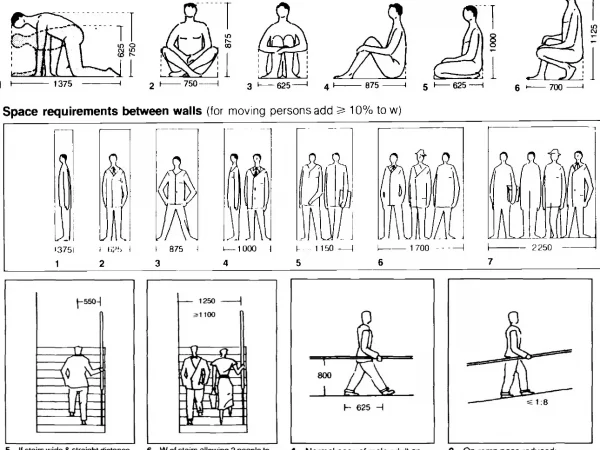
DIMENSIONS AND SPACE REQUIREMENTS
Dimensions and space requirements are important considerations in architecture as they determine the size, layout, and functionality...

WINDOW DRESSINGS
"Window dressings" typically refers to decorative elements used to enhance the appearance of windows, such as curtains, blinds, or drapes...
